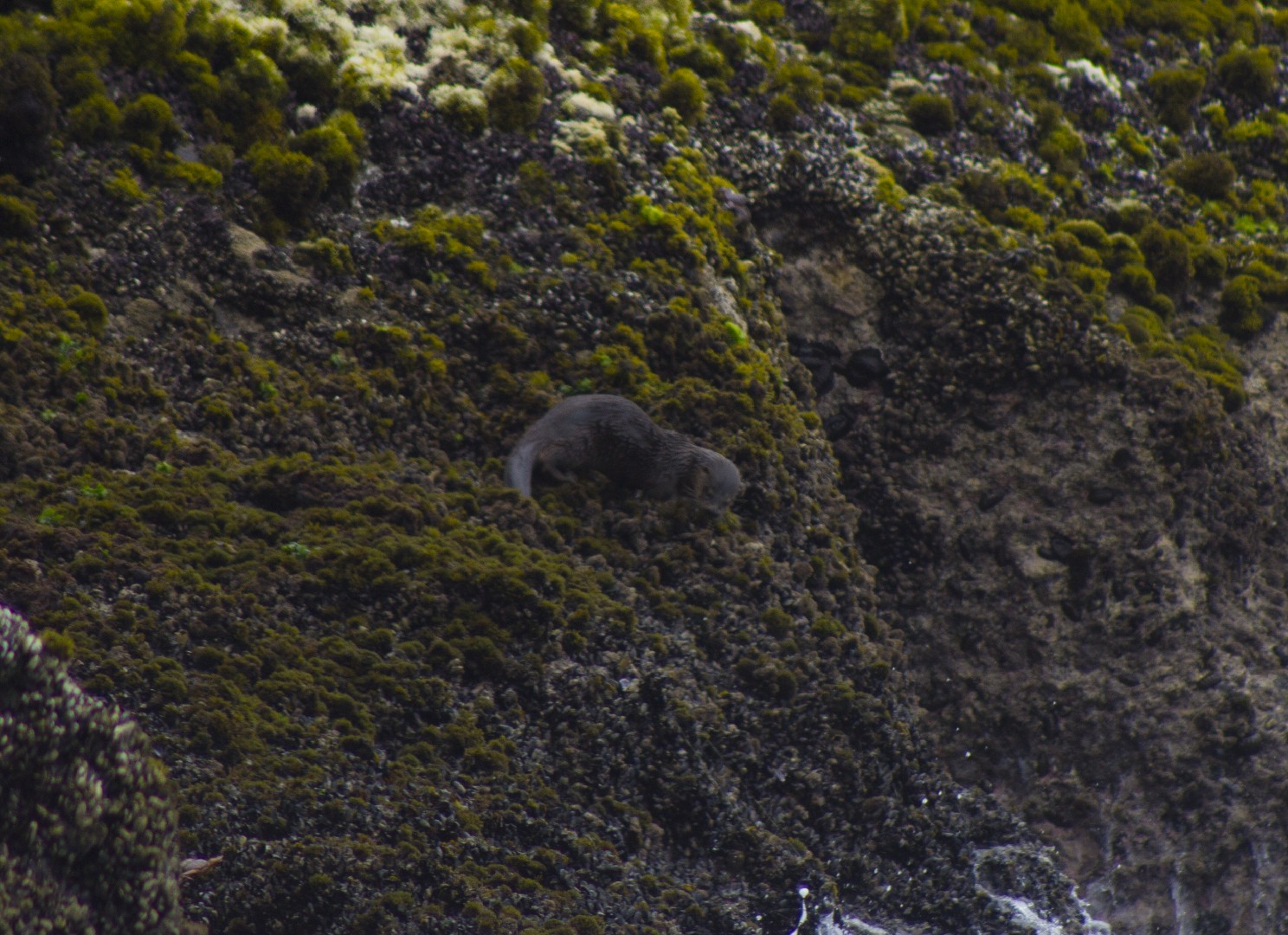Marine otter
A species of New world river otters, Also known as Sea cat Scientific name : Lontra felina Genus : New world river otters
Marine otter, A species of New world river otters
Also known as:
Sea cat
Scientific name: Lontra felina
Genus: New world river otters
Content
Description General Info
 Photo By Josue Hermoza , used under CC-BY-SA-4.0 /Cropped and compressed from original
Photo By Josue Hermoza , used under CC-BY-SA-4.0 /Cropped and compressed from original Description
The marine otter is one of the smallest otters and the smallest marine mammal, measuring 87 to 115 cm (34 to 45 in) from the nose to the tip of the tail and weighs 3 to 5 kg (6.6 to 11.0 lb). The tail measures 30 to 36 cm (12 to 14 in). Its fur is coarse, with guard hairs measuring up to 2 cm (0.79 in) in length covering dense, insulating underfur. The marine otter is dark brown above and on the sides, and fawn on the throat and underside. The marine otter has webbed paws and strong claws. The ventral side (underside) of the paws are partially covered in fur. It has 36 teeth and a dental formula of 3.1.3-4.13.1.3.2. The teeth are developed for slicing instead of crushing. The marine otter does not display sexual dimorphism. 
General Info
Lifespan
5-10 years
Diet
Primarily a piscivore, marine otter favors crab and other crustaceans, followed by fish. When these prey are scarce, it adapts to consume cephalopods and occasionally, bird chicks. Its acute sense of sight helps locate prey, covering surface, mid-water, and benthic zones.
Appearance
Marine otter is a small to medium-sized otter with a sleek, streamlined body. It is covered in thick, short fur that is mostly dark brown, but it lightens to a pale brown on its underside. Marine otter has a distinctly flattened, broad muzzle and small, rounded ears. Its tail is long and tapered, ending with a large webbed pad. There are no significant differences in appearance due to age or gender.
Behavior
Marine otter is a formidable aquatic hunter, primarily feeding on crayfish, crustaceans, and fish. It uses its agility to navigate rocky coastlines in pursuit of prey. A solitary species, interactions between individuals are often aggressive and territorial. Arguably, its most distinctive behavior is its unique foraging technique, diving to depths of up to 40m to procure food, demonstrating a remarkable adaptation to its marine environment.
Population
Decreasing
Scientific Classification
Phylum
Chordates Class
Mammals Order
Carnivores Family
Mustelids Genus
New world river otters Species
Marine otter